ECG Blog #418 — A Single Lead Tells the Tale.
Ken Grauer, MD
FEBRUARY 23, 2024
The ECG in Figure-1 was obtained from a previously healthy man in his 40s — who presented to the ED ( E mergency D epartment ) with new-onset CP ( C hest P ain ) that awakened him from sleep. ECG #1 was recorded ~90 minutes after the patient was awakened from sleep. He was still having CP. QUESTIONS: In view of this history — How would YOU interpret the ECG in Figure-1 ?













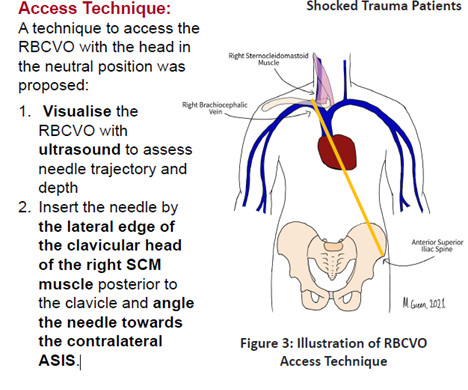

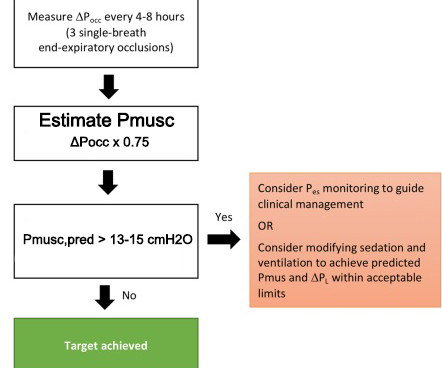
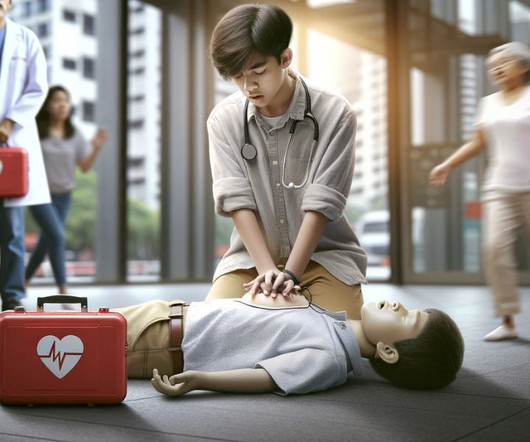












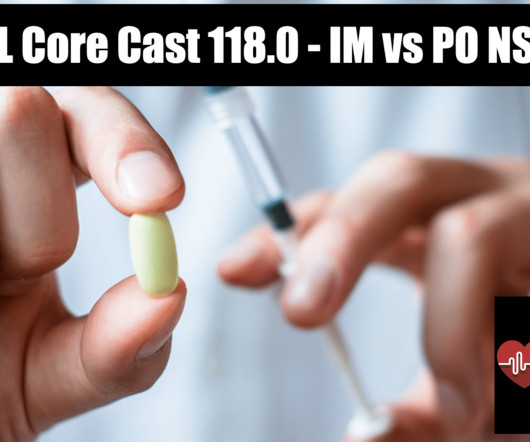







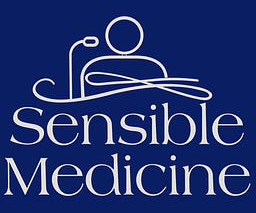






Let's personalize your content